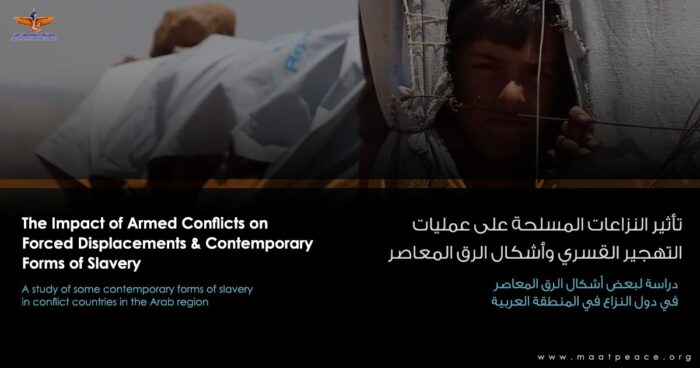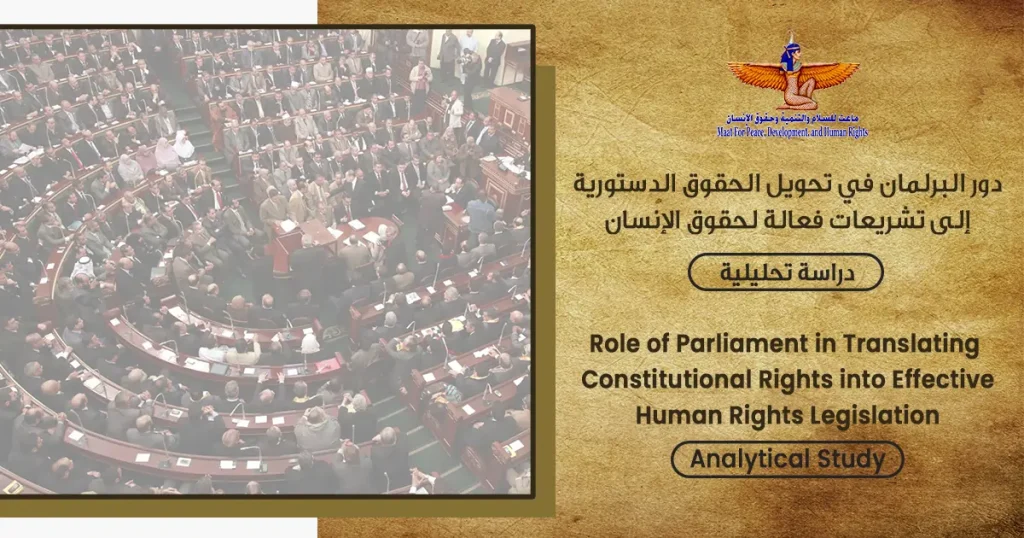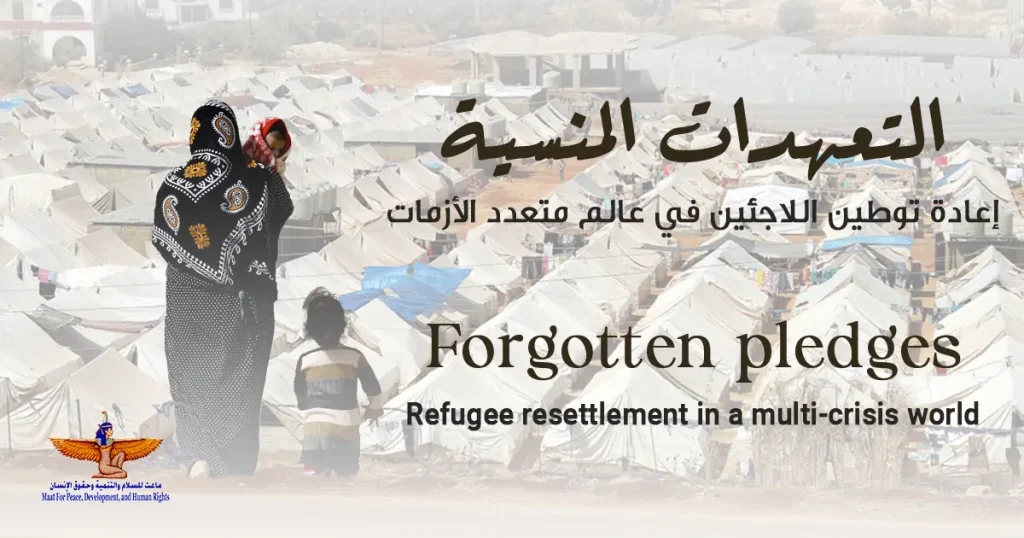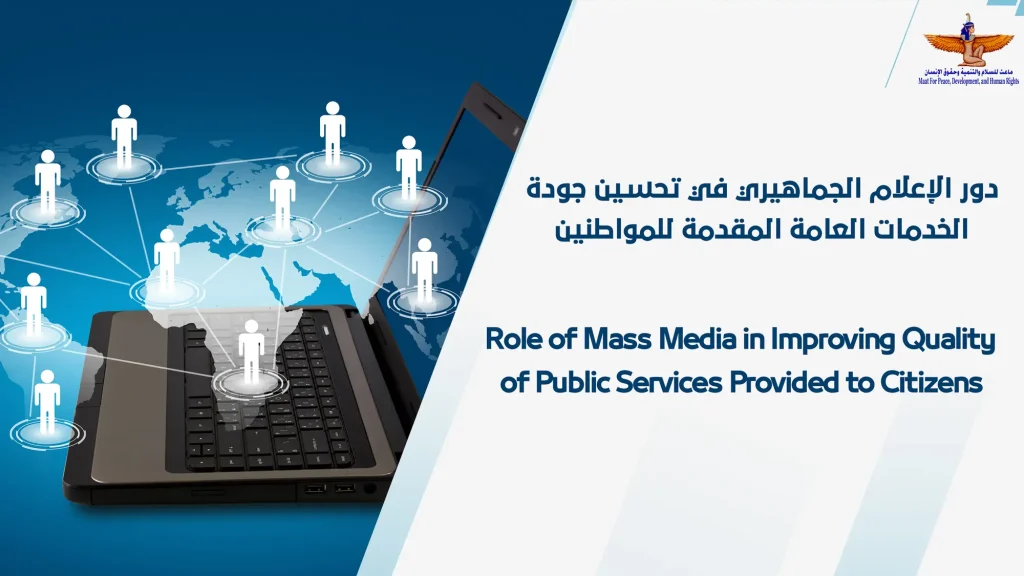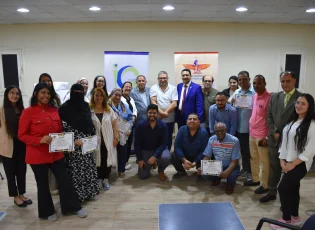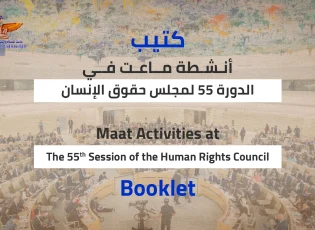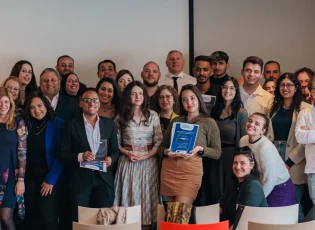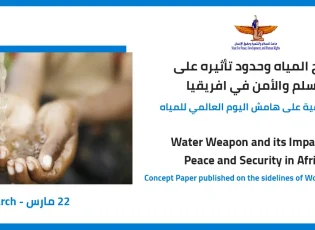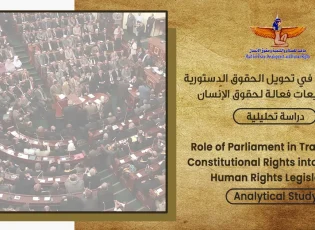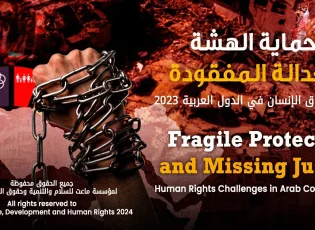Trafficking in persons is a serious crime and a gross violation of human rights, which negatively impacts thousands of men, women, and children who fall prey to traffickers whether inside or outside their countries. Every state in the world is affected by the phenomenon of trafficking in persons, whether that state is the state of origin, transit, or destination of victims. The United Nations Convention against Transnational Organized Crime and the protocols thereto help countries in their efforts aiming at the implementation of the protocol of prevention of human trafficking and punishment of traffickers.
Para. (a) of Article 3 of the protocol to the convention defines trafficking in persons in its various forms, which includes recruitment, transportation, transfer or harboring of persons out of exploitation or detention of persons by threat, use of force, or any form of coercion, abduction, fraud, deception, extortion, misuse of power, exploitation of vulnerability situations, or giving sums of money or benefits out of control over another person for the purpose of exploitation. Minimum exploitation includes exploitation of persons in prostitution networks and all forms of sexual exploitation, free and forced labor or servant labor, slavery or practices similar to slavery, or servitude of persons for the purpose of physical use and removal of organs.
The United Nations General Assembly declared 30 July of each year to be the World Day against Trafficking in Persons in its resolution no. 68/192. In 2015, the international community, through the Sustainable Development Goals, pledged to address the global challenges to achieve a better and more sustainable future for everyone. The goal no. 8.7 of the Sustainable Development Goals aims to eliminate modern-day slavery, trafficking, forced labor, and the worst forms of child labor by 2030 and to end child labor by 2025.
In light of the spread of conflicts and wars at the international level, which led to the displacement of millions of people who escaped death, new forms of slavery have emerged, such as forced marriage, forced labor, and exploitation of children, especially their recruitment in wars, as well as the prevalence of sexual exploitation of women and girls.
Slavery is not just an old historical phenomenon. More than 40 million persons worldwide are victims of modern slavery. Although modern slavery is not defined in law, it is used as an all-inclusive term that includes practices such as forced labor, debt bondage, forced marriage, human trafficking, and other cases of exploitation that cannot be refused or left by a person because of the threats, violence, coercion, deception or misuse of power. In addition, more than 150 million children are subjected to child labor, which represents about 1 out of 10 children worldwide.
Given the prevalence of the armed conflicts in the Arab region and the ensuing displacement of millions of people and victims who fell into the clutches of human trafficking gangs and all forms of exploitation, Maat for Peace, Development and Human Rights was interested in presenting this study to highlight the link between emigration and forced displacement resulting from armed conflicts and contemporary forms of slavery, especially sexual exploitation of women and girls, child recruitment, forced marriage, and human trafficking, on the occasion of the World Day against Trafficking in Persons.
![]()
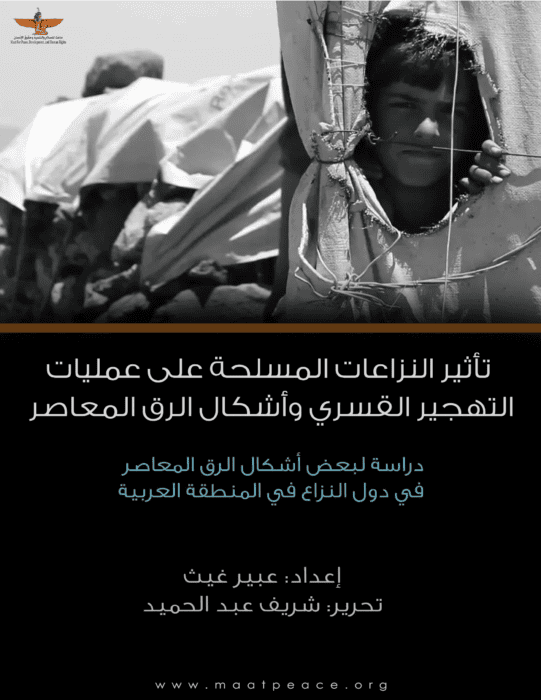 |
 |


